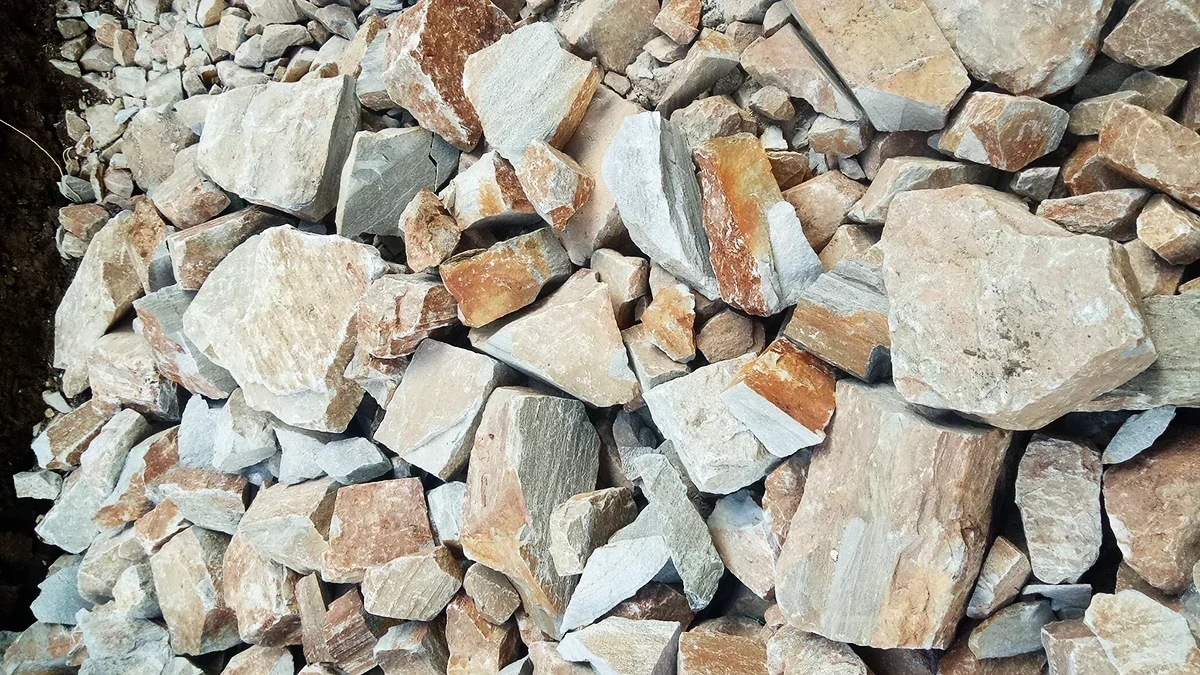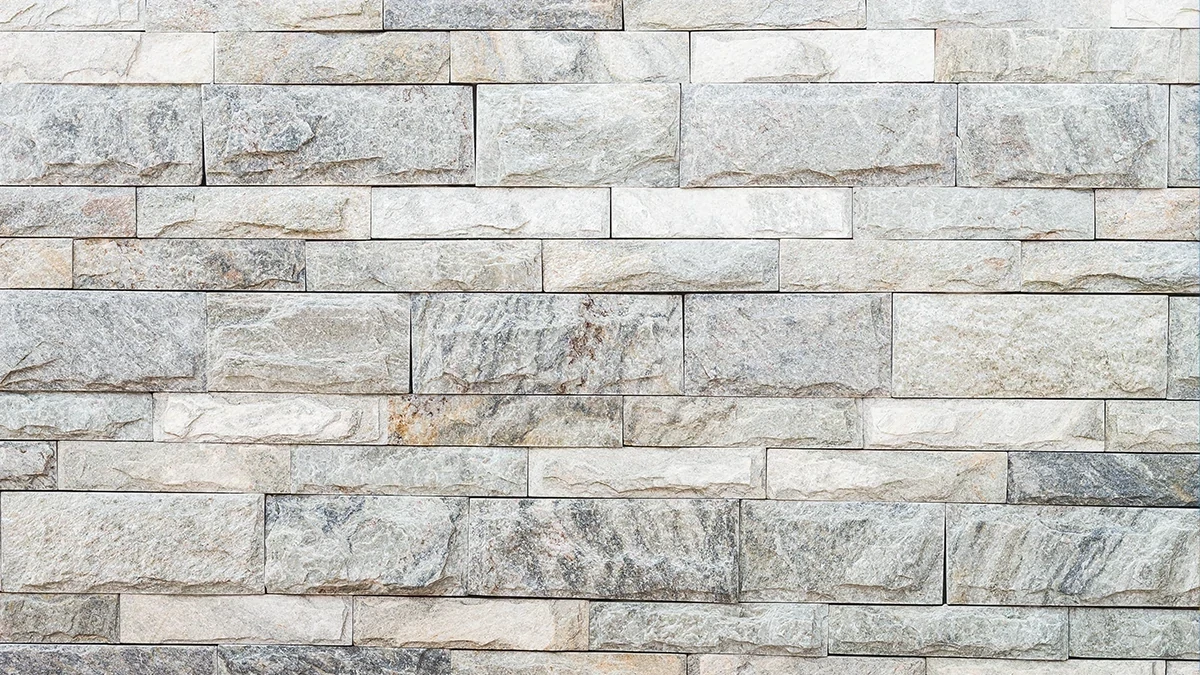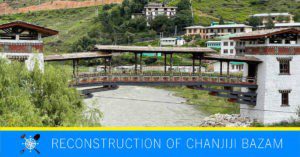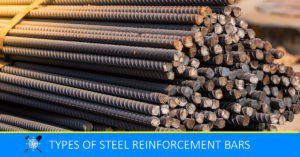Building stones have been a fundamental component of construction for centuries, serving as the bedrock upon which civilisations erect their structures. The choice of a suitable building stone is crucial to ensure the durability, strength, and aesthetic appeal of a construction project. Several key properties distinguish good building stones, and understanding these qualities is essential for architects, builders, and anyone involved in the construction industry. This article is intended to serve as a comprehensive guide discussing the properties of good building stone.

Properties of Good Building Stone
Good building stones should possess several properties to ensure they are suitable for construction purposes. Here are some essential properties of a good building stone:
1. Structure of Building Stone:
The structure of a building stone refers to its internal arrangement of minerals, grains, and other components at a microscopic or macroscopic level. The structure plays a crucial role in determining the stone’s overall properties, including its strength, durability, and appearance.
The structural composition of the stone can either be layered (stratified) or without distinct layers (unstratified). Stones with a structured, layered composition are easily shaped and well-suited for use in the superstructure. On the other hand, unstratified stones, characterised by their hardness and challenging workability, are the preferred choice for foundational works (Bhavikatti, p5).
2. Density of the Stone:
The density of a building stone influences its weight and, consequently, its ease of handling and transportation. Stones with a suitable density strike a balance between structural strength and practical considerations during construction.
Stones with higher density exhibit greater strength, while those with lower density, being lightweight, are comparatively weaker. Therefore, stones with a specific gravity below 2.4 are deemed inappropriate for use in construction.
3. Texture and Appearance:
The visual appeal of a building stone is a crucial aesthetic consideration. The stones with pleasing textures, colours, and appearances contribute to the overall design and visual impact of a structure. This is particularly important in architectural projects where aesthetics play a significant role. For face work, it should have a fine, compact texture; light-coloured stone is preferred as dark colours are likely to fade out in due course of time (Duggal, p84).
4. Strength:
The strength of a building stone is a critical property, especially for load-bearing structures. Compressive strength, the ability to withstand crushing forces, is particularly important. Stones with high compressive strength contribute to the structural integrity of walls, columns, and foundations. The compressive strength of building stones in practice ranges between 60 to 200 N/mm2 (Duggal, p84). Thus, the stone should be strong and durable to withstand the disintegrating action of weather.
Indian Standard Code recommends a minimum crushing strength of 3.5 N/mm2 for any building block. However, Laterite has a crushing strength of as low as 1.8 N/mm2, which can be used for the construction of single-storey buildings, because in such structures expected load can hardly give a stress of 0.15 N/mm2 (Bhavikatti, p5). The table below shows the crushing strength of various stones.
| Types of Stone | Crushing Strength in N/mm2 |
|---|---|
| Trap | 300 to 350 |
| Basalt | 153 to 189 |
| Granite | 104 to 140 |
| Slate | 70 to 210 |
| Marble | 72 |
| Sandtone | 65 |
| Limestone | 55 |
| Laterite | 1.8 to 3.2 |
Also, read: 10 Types Of Stones Used For Construction Works
5. Hardness:
Hardness is a measure of a stone’s resistance to abrasion, wear, and scratching. A hard stone is essential for withstanding the loads and pressures that structures may endure. The Mohs scale is commonly used to assess the hardness of minerals, with diamonds being the hardest at 10 and talc the softest at 1. A good building stone should have sufficient hardness and durability. The coefficient of hardness should be more than 14 for building works and at least 17 for road work.

6. Toughness:
It is a mechanical property of a material to withstand impact, shock, or sudden loads by absorbing energy without failing or breaking apart. The toughness of the stone is the ability to absorb impact and shock without fracturing. A tough stone is less prone to sudden failure under dynamic loads and vibration of a moving load, making it suitable for structures where impact resistance is a concern.
The toughness of the stone is determined by the impact test. Stones with a toughness index of more than 19 are preferred for road works. A toughness index of 13 to 19 is considered medium tough, and stones with a toughness index less than 13 are poor stones (Bhavikatti, p5).
7. Durability:
A cornerstone property of a good building stone is durability. The stone must withstand to preserve its good appearance against the test of time, resisting the impacts of weathering, environmental factors, and other external forces. A durable stone ensures the longevity of the structure, preventing premature decay and the need for frequent repairs. A good stone should not show wear of more than 2%.
Also, read: Types of Stone Masonry Works | Ashlar Masonry
8. Porosity and Absorption:
The presence and distribution of pores or voids in the stone impact its porosity and permeability. A higher porosity may make the stone more susceptible to water absorption and weathering, while a lower porosity contributes to better durability. Stones with high porosity may absorb water and be prone to damage in freezing temperatures. The reaction of water with the material of the stone causes disintegration and deterioration of the stone.
Low porosity and absorption are desirable properties to prevent water absorption, which can lead to weakening, freezing, and thawing problems. Thus, stone with low porosity contributes to the stone’s weather resistance and longevity.
The absorption test is defined as the percentage of water absorbed by a stone when submerged in water for 24 hours. In the case of a high-quality stone, this percentage should be minimised and should not exceed 5% under any circumstances.
| Types of Stone | Water absorption (% not greater than) |
|---|---|
| Sandstone | 10 |
| Limestone | 10 |
| Shale | 10 |
| Trap | 6 |
| Granite | 1 |
| Gneiss | 1 |
| Slate | 1 |
| Quartzite | 3 |
9. Seasoning:
Stones extracted from quarries typically contain moisture within their pores. Enhancing the strength of the stone involves the removal of this moisture before incorporating it into construction. The procedure employed to eliminate moisture from the pores is known as seasoning. The optimal approach to seasoning involves exposing the stone to the natural elements for a period of 6 to 12 months. This practice is particularly essential for laterite stones.
10. Dressing and Workability:
Workability refers to a stone’s ease of cutting, shaping, and carving. Stones that are easily workable facilitate the construction process, allowing for precision in design and reducing labour costs. Workability is a practical consideration that influences the efficiency of construction. Therefore, when selecting a stone for building works is predominant by sufficient strength rather than the high-strength property of the stone.
11. Fire Resistance:
Stones should possess a degree of fire resistance to enhance the safety of a structure. While no material is completely fireproof, stones with good fire resistance properties can help slow down the spread of fire where fire safety is a concern.
Igneous rocks exhibit noticeable disintegration, mainly due to quartz breaking down into fine particles at around 575°C, whereas limestone can withstand a little higher temperature up to 800°C, after which it disintegrates.
12. Availability:
Although all the above properties are important in selecting the best building stone, availability in the local area is also a key consideration. In addition, it should be affordable to keep construction costs low.
Also, read: Comparison of Brick Masonry and Stone Masonry
References:
- Bhavikatti, S. S. (2010). Basic civil engineering. IK International Publishing House Pvt. Ltd
- Punmia B.C.(June 2006). A Text Book of Building Construction. Laxmi Publication (P) Ltd.
- Duggal., S. K. (2008). Building materials. (3rd rev. edition). New Age International Publishers (newagepublishers.com).
![]()







